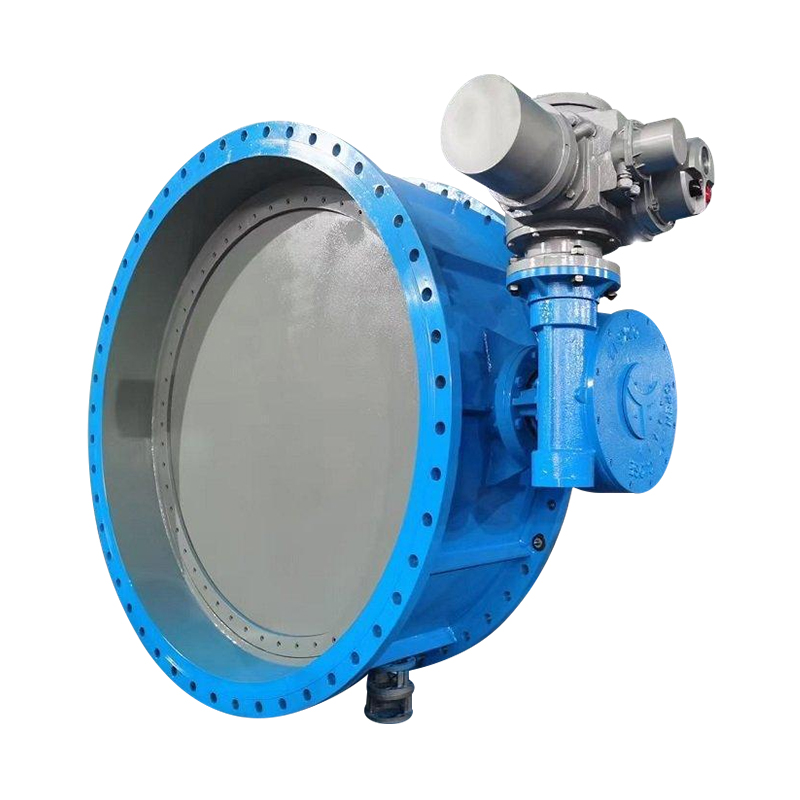
A butterfly valve is a quarter-turn rotational valve that uses a circular disc to regulate the flow of fluids through a pipeline. The SS 304 stainless soft seated butterfly valve is designed with a stainless steel body (SS 304) and incorporates a soft elastomeric seat, which helps to ensure a tight seal when the valve is closed. The "SS 304" refers to the type of stainless steel used, which is highly resistant to corrosion and wear. The "soft seat" is made of materials like EPDM, NBR, or PTFE, which provide a better sealing capacity compared to metal seats, enhancing the valve's overall function.

The material choice of SS 304 stainless steel plays a significant role in the performance and durability of a butterfly valve. Stainless steel is renowned for its resistance to corrosion, oxidation, and rust, making it ideal for use in harsh environments where exposure to water, chemicals, or high temperatures is common.
Corrosion Resistance: SS 304 stainless steel has resistance to rust and corrosion, even in aggressive environments such as those involving seawater or acidic chemicals. This corrosion resistance ensures that the SS 304 stainless soft seated butterfly valve remains operational for extended periods, the risk of failure due to material degradation.
Durability: Stainless steel, particularly SS 304, is strong and durable. This strength makes the butterfly valve robust enough to handle high pressures and unusual temperatures without deforming or malfunctioning. The SS 304 stainless soft seated butterfly valve can withstand harsh conditions while providing a reliable service life, reducing maintenance costs and downtime in industrial systems.
Heat Resistance: SS 304 has a high melting point, which allows the SS 304 stainless soft seated butterfly valve to perform effectively in elevated temperature settings. This heat resistance is vital in applications such as steam systems, hot water systems, or industrial heating processes.
In addition to the SS 304 stainless steel body, the soft seat of the butterfly valve significantly enhances its performance. A soft seat is typically made from elastomeric materials like EPDM, NBR, or PTFE, which are specifically designed to provide better sealing properties than metal seats.
Improved Sealing Performance: The soft material of the seat forms a tight seal around the valve disc, reducing the potential for leakage. This is especially important in applications where preventing leaks is critical to system integrity and safety. The SS 304 stainless soft seated butterfly valve's ability to maintain a tight seal even under varying pressures improves the overall reliability of the system.
Reduced Wear and Tear: The soft seat absorbs some of the pressure exerted by the fluid, which reduces the wear and tear on both the seat and the valve disc. This results in a longer service life for the valve and minimizes the need for frequent replacements or repairs.
Enhanced Tightness in Low-Pressure Systems: Unlike metal seats, which may not form as tight of a seal under low-pressure conditions, soft seats are designed to ensure a secure closure even when the system operates at lower pressures. This makes the SS 304 stainless soft seated butterfly valve versatile for various applications, from high-pressure pipelines to low-pressure systems.
Noise Reduction: Soft seating materials can also help dampen the noise generated when fluids pass through the valve. This feature is particularly beneficial in systems where noise levels is a priority, such as in HVAC or water treatment plants.

